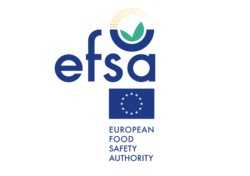Principles on EFSA genotoxicity assessment
Cateva ore
Incepator
Detalii curs
The genotoxicity assessment of chemicals in food is a crucial part of risk assessment. Over the years, EFSA has developed several guidance documents with the aim to harmonise the genotoxicity testing strategies and methodologies.
This self-paced training is divided in four modules designed by the Fraunhofer Institute for EFSA. An overview is provided addressing the biological backgrounds, the mechanisms of genotoxicity, relevant testing endpoints, batteries and non-testing methods (e.g., QSARs, read-across). The quality, relevance and reliability criteria for interpreting genotoxicity studies are presented, as well as the methodologies and approaches for genotoxicity assessment (i.e., TTC, MOE) and the weight of evidence (WoE) approach.
Public tinta
The course is aimed at EFSA’s Scientific Committee/Panels and their working groups as well as employees from national and international regulatory agencies associated with risk assessment of feed and food compounds. Members of the EFSA Networks as well as EFSA scientific staff are also suitable to participate.
Obiective de invatare
By the end of the course, participants should be able to understand and describe:
- The general principles of genotoxicity testing and the mechanisms of action (mutagenicity, aneuploidy, clastogenicity, etc.)
- The basic test batteries recommended by the EFSA Scientific Committee, including understanding of limitations and difficulties in the interpretation of genotoxicity test results
- A stepwise approach for the generation and evaluation of data on genotoxic potential as recommended by the EFSA Scientific Committee
EFSA is an agency of the European Union set up in 2002 to serve as an impartial source of scientific advice to risk managers and to communicate on risks associated with the food chain.

Orar
- Welcome
- Module 1 - Basics for genotoxicity testing and evaluation
- Module 2 - In vitro and non-testing methods
- Module 3 - In vivo testing methods
- Module 4 - Guidance on aneugenicity assessment



